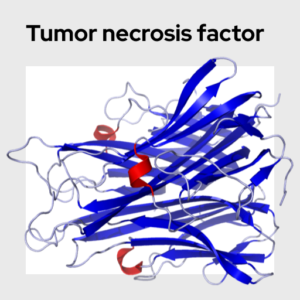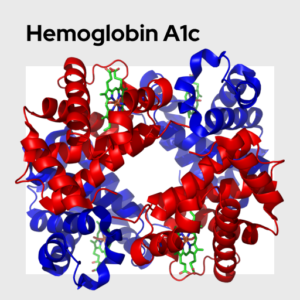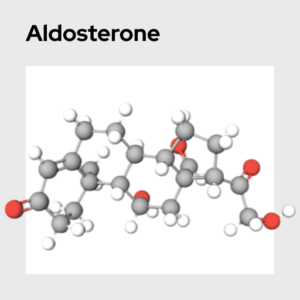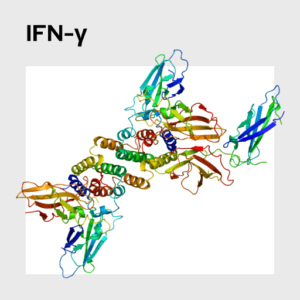Luteinizing Hormone (LH)
Luteinizing hormone (LH) is a hormone released from the pituitary gland that plays a key role in coordinating both women’s and men’s reproductive function. In women, an acute elevation in LH (“LH surge”) initiates ovulation. In men, LH stimulates testosterone production in the testes. LH is typically measured in studies to determine women’s ovulatory status. In clinical settings, LH is measured alongside sex hormones (e.g., testosterone, estradiol) in the diagnosis of reproductive disorders.
Name: Luteinizing Hormone (LH)
Category: Ovulation / Women’s Sex Hormones
Type of test: Blood
Luteinizing hormone (LH) is a glycoprotein hormone produced in the anterior pituitary gland. Structurally, LH is similar to other glycoprotein hormones, including follicle-stimulating hormone and thyroid-stimulating hormone. Its release is trigged by gonadotropic-releasing hormone (GnRH) coming from the hypothalamus. Levels of LH are regulated by a classic negative feedback loop whereby downstream sex steroids inhibit GnRH secretion and subsequent LH release.
LH plays an important role in regulating female reproductive function. For example, LH stimulates the production of estradiol, progesterone, and androgens by the ovaries, and even adrenal glands. Most notably, a cyclical, acute spike in levels of LH that lasts between 24-48 hours initiates ovulation and development of the corpus luteum (also known as “LH surge”). Accordingly, LH testing is commonly used in research and clinical settings to detect ovulation, as well as identify reproductive health issues.
In men, LH also plays an important role in regulating reproductive function. Specifically, LH stimulates testosterone production via stimulating Leydig cells in the testes. By measuring both LH and testosterone, clinicians can identify where, precisely, in this hormonal cascade issues arise in the context of conditions such as hypogonadism. For example, high LH levels, but low testosterone levels, may indicate that there is damage to the testes, but the pituitary gland is functioning properly. LH is detectable in serum / plasma, as well as urine.
Hillier, S. G. (1994). Current concepts of the roles of follicle stimulating hormone and luteinizing hormone in folliculogenesis. Human Reproduction, 9, 188-191. https://pubmed.ncbi.nlm.nih.gov/8027271/
Oury, F., Sumara, G., Sumara, O., Ferron, M., Chang, H., Smith, C. E., ... & Karsenty, G. (2011). Endocrine regulation of male fertility by the skeleton. Cell, 144, 796-809. https://pubmed.ncbi.nlm.nih.gov/21333348/
Schwanzel-Fukuda, M., & Pfaff, D. W. (1989). Origin of luteinizing hormone-releasing hormone neurons. Nature, 338, 161-164. https://pubmed.ncbi.nlm.nih.gov/2645530/






